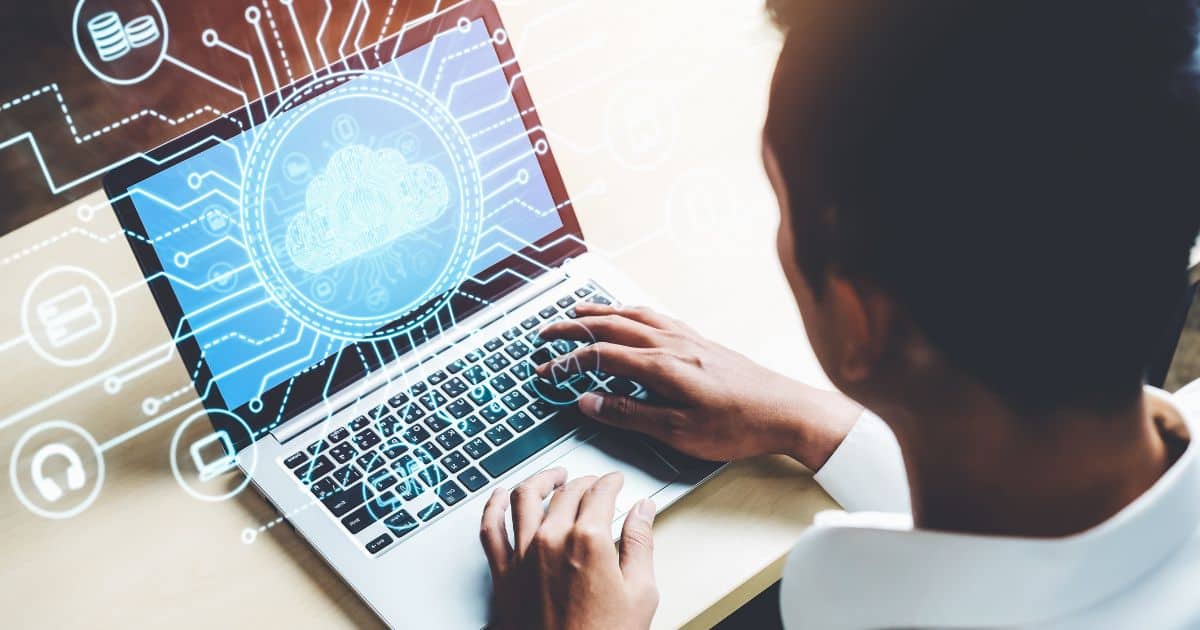A recent study of British employees revealed that more than 50 percent of workers from 1,000 companies admitted to opening suspicious email attachments. And over 80 percent of people also mentioned that they open unfamiliar attachments when the sender seems to be a familiar person.
Organizations that lack a well-defined security awareness strategy for emails, file transfers, and internet usage are susceptible to significant security threats, which can be avoided with training and planning, but are mostly ignored. If your workplace resembles this description, don’t worry.

Even if there is no specific guideline to adhere to, you’ll still establish security measures in your current job and workplace to safeguard yourself, your data, and your organization’s information from potential threats and cyber-attacks.
1: Use MFA and a Strong Password
Ensure that you utilize robust passwords for smartphones, laptops, tablets, email accounts, and any other devices or accounts that hold personal information.
They must be challenging so that it’s impossible for someone else to figure it out. Using three random words is recommended by the National Cyber Security Centre (NCSC).
If you can, it is recommended to utilize multi-factor authentication. Multi-factor authentication ensures that only authorized individuals access the data for security purposes.
Two different forms of identification are quite necessary to gain access. For example, you utilize a password along with a one-time code delivered via text message.
2: Keep Your Computer Locked
Sometimes, doing the basic stuff can significantly reduce the risk of your losing information in your work environment. So, before you do anything else, remember to lock your computer when you are taking a break. While it might not really stop a hacker from breaking into your system, it can definitely stop the dishonest colleagues from prying.
If you are worried about forgetting because of a hectic work schedule, several computers have a feature that can automatically lock the screen after a certain period of inactivity.
Ask your IT department for guidance on establishing this setup with a focus on finding a timeframe that balances security and usability. Unless your organization specifies otherwise, a usual timeframe of ten to fifteen minutes is enough.
3: Don’t Download Any Unknown Software
That enticing free screen capture application or photo editing software may appear attractive, but refrain from downloading it without obtaining permission from your IT department.
Malicious code is abundant in free software, and it can bring malware, ransomware, and other dangers to your computer and company network.
If you’re unsure about the safety of the software, reach out to IT for clarification.
When using your personal computer, make sure to refer to reliable online sources like forums or software review websites for information about the application you are interested in. Often, when something is not secure, there is usually another option available.
4: Avoid Sending Sensitive Data in Emails
Sending information quickly and conveniently via email and online messaging is common, but it lacks security. One malicious email or chat message with a harmful link can grant hackers entry to your computer’s data.
If you transmit private data via messages and your workspace gets breached, you are making their job easier. Hackers don’t need to go very far to access your personal information.
It’s crucial to keep in mind that emails and online messages can be forwarded or intercepted with a simple click or during transmission.
Once the username/password combination, credit card number, or completed W-2 form is no longer in your possession, rogue employees can easily send the information to various destinations. Instead of sending data through the network, eliminate the intermediary.
Recognize instances where you can convey the information face-to-face or through a phone conversation. Unable to accomplish that task? Transmit the information either through an encrypted folder-to-folder transfer or via a quantum key.
Learn more about the benefits of quantum key distribution to know more about it.
5: Keep on Updating Your Computer
Updates and security patches may be regularly accessible depending on the operating system you are using. For instance, Microsoft releases fresh updates for Windows every month on the second Tuesday (a list can be found here).
Apple’s updates may not come consistently, but they are still delivered frequently to ensure the security of the operating system. Ensuring your system is updated with the latest security updates and improvements involves the installation of updates and patches.
Certain companies streamline this process by automatically installing updates in the background, eliminating the need for manual intervention.
If you are unsure if this pertains to you, consult your IT department.
6: Use a Secure Connection While Working from Home
Make sure to set up a secure connection that meets your company’s standards before accessing any confidential data, like email and user accounts, while working remotely.
Avoid using unauthorized devices such as personal phones or laptops because they could contain malicious software or questionable programs.
Always ensure that you are connecting to secure Wi-Fi networks.
After all, unsecure public connections are vulnerable to packet sniffer software that can intercept and retrieve transmitted data.
7: Use a VPN
A VPN functions as a secure tunnel that encrypts your personal data. This creates a challenge for hackers trying to decode your messages.
Moreover, your VPN encrypts your connection when you access public Wi-Fi networks to minimize the potential risks of insecure Wi-Fi hotspots.
Your VPN masks your IP address, ensuring that your online activity can’t be tracked by anyone. It assists in maintaining the confidentiality of your online presence.
These are the top VPNs that use servers with RAM exclusively.
